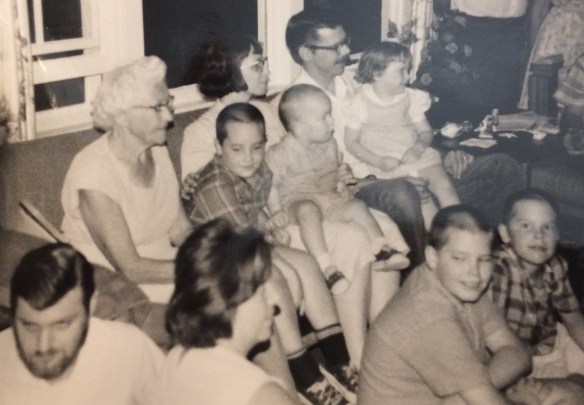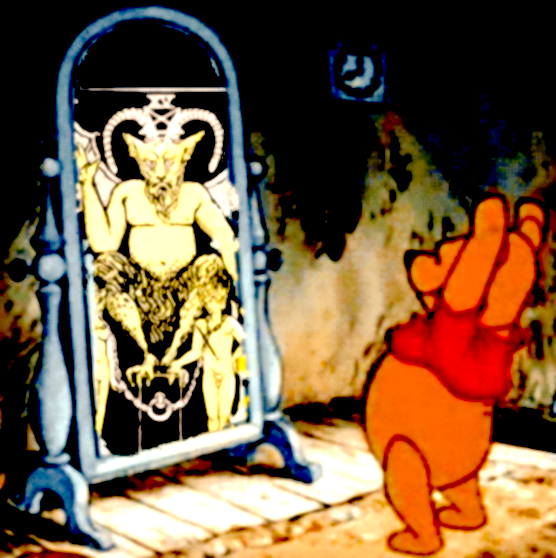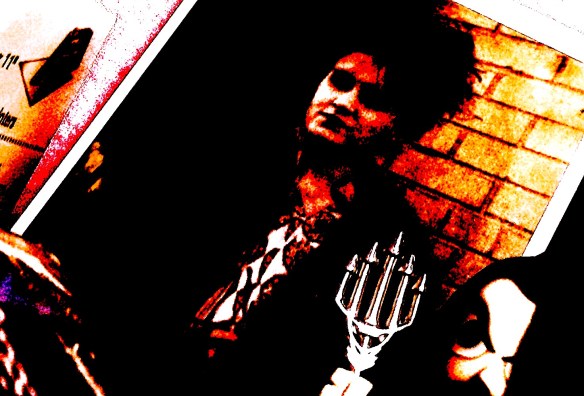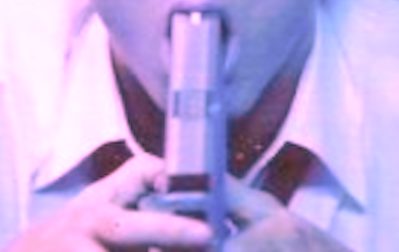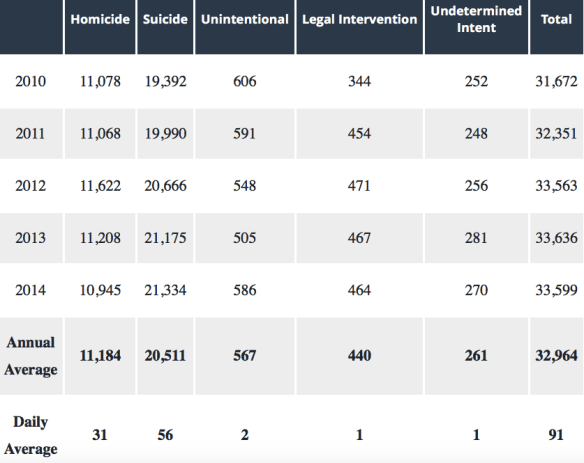by
JC Schildbach
The kid and I had been making offhand comments about putting Joy down for so long, that once I actually made the call to have it done, I was caught off guard by the flood of emotion a few minutes later. I went through the call pretty much like a straightforward business matter: What’s the cost? What’s the soonest you can send someone out?
But when I went to relay the information to M, I made it through the date and time no problem, then choked up when I tried to explain the cremation options. I paused long enough for M to ask “Are you ok?”
I meant to say, “Not really,” but all that came out was a squeak of a “no” followed by me closing my eyes in a vain effort to stop any tears from escaping. The cremation options discussion would have to wait until later. I was heading out to Costco.
To back up a bit, the kid and I had been making offhand comments about putting Joy down for quite some time, because Joy was clearly getting weaker and struggling with pain issues, not to mention breathing heavily after just minor physical exertion. For close to a year, we’d had had to coax her outside by offering a treat – and by ‘coax her outside’, I mean we had to bribe her just to get her to stand up. She would occasionally, of her own free will, get up and move to a different location, usually to be with M or to move to a cooler or more comfortable location.
On multiple occasions, we had tried to springboard these comments into actual discussions of why it would be beneficial for Joy to ‘move on.’ But M wasn’t having any of it. She could see that Joy was still alert, and appeared at least reasonably happy much of the time. Joy spent most of her time asleep—and usually only screamed and cried for a few minutes when trying to get up from a long rest, or in the middle of just about any TV program or movie we were trying to watch. We were able to manage her pain, for the most part, with OTC CBD.
The turning point in the whole situation came when M and I returned from a weekend trip. The kid had texted us the day before that Joy had cried/screamed for almost four hours straight on Saturday. On our arrival home Sunday night, Joy made her way to the top of the stairs to greet us, and there she stayed for hours, occasionally bursting into loud crying jags. I used a sling to try to help her get up and move, but that only led to more crying, and some awkward escape attempts that propelled her into furniture or far afield from any destination we might have been aiming for. She eventually struggled her way into the kitchen and slurped up as much water as she could.
Joy would stay in that same basic spot for her remaining hours.

Joy: 10/15/2004 – 9/24/2019
I stayed up late, attempting to read and write, and not making much headway on either project—frequently reverting back to screwing around online. Joy woke up every so often, engaging in loud crying jags. I couldn’t get her to get up and go out, and the CBD-filled treats I was feeding her clearly weren’t getting the job done, aside from making her comfortable and sleepy enough to go down for a half-hour or so at a time.
I eventually started researching in-home euthanasia for dogs. Being as it was the middle of the night, and I didn’t imagine we’d have much luck moving Joy to the car and getting her to a 24-hour vet, I was hoping to find some humane, in-home method we could legally administer ourselves. Virtually every article that mentioned some way or other to euthanize a dog (beyond the ‘call an in-home service’ or ‘take your dog to her/his regular vet’) urged readers to ‘check local ordinances’ – which, of course meant, ‘this is probably illegal where you live, so good luck.’ The same basic warnings went along with the idea of burying your dog on your property.
Around 2:00 a.m., Joy started crying again, and was clearly struggling with trying to get up on the slippery kitchen floor. I helped her onto the living room carpet, where she generally has an easier time getting up, only to have the struggle continue, culminating in the realization that she was trying to get up and go outside to relieve herself…in a big way. I cleaned and cleaned while Joy’s breathing went through a variety of odd stages…mostly very rapid and shallow, with brief periods of gasping for air, or settling in to long, labored, moaning breaths.
Convinced Joy was on her way out, I went to wake up M, who, in turn, woke up the kid. We all gathered by Joy, now back on the kitchen floor, along with our other two dogs, Darby and Bobby, who were clearly frightened by whatever was going on, and tried to keep their distance. Roughly 45 minutes passed with us all expecting some final death rattle and exit. Instead, Joy’s breathing returned to it’s relatively normal-but-labored state and she seemed to say ‘thanks for your concern, but I’m gonna be around a while longer.’
We all went to bed, or back to bed in everybody’s case but mine. It was 4:00 a.m.
Four hours later, I was startled awake by Joy’s crying, somewhat confused Joy was still alive. I’d been – well, I wouldn’t say hoping—but thinking she would have passed in the night after the display we’d witnessed. I rolled out of bed and headed upstairs, where M was on the couch watching videos on her laptop. Joy was right where she’d been hours before. M told me she had called out from work, also thinking Joy would pass.
I went back to bed for a few more hours, occasionally being wakened by Joy’s cries. Eventually, I called our vet’s office. They gave us contact info for a few in-home dog euthanasia services. Ever the smart shopper, I called the first number they gave me and booked an appointment, jotting down names and prices without giving much thought to whether it was a good, or even reasonable deal, or if it was normal to have to give 24 hours notice to have your dog put down. Given the number of dog owners in the region, I have no doubt that these services are probably booked all the time, and 24 hours hardly seemed a stretch. I set up the appointment for the latest available time the following night, unsure of what the kid’s schedule was, or if M was planning to go to work or not (I was on my usual days off, in addition to having taken vacation days, in no way anticipating that this is how I would be spending my time away from the office).
Our ‘euthanizer’, Dr. Audrey, was, perhaps younger than we expected…but, really, not having done this before, I didn’t know what to expect. Wearing a pony tail, a light-beige sweater, and deep-red pants with an autumn-colored leaf pattern, she seemed a pleasantly non-threatening angel-of-doggy-death.
Just prior to her arrival, I was getting frustrated with the pressure cooker not allowing me to set the cooking time appropriately for a corned-beef brisket, and continued in my button-poking while Dr. Audrey gently eased M into accepting Joy’s passing. I eventually dug out the operating manual for the pressure cooker, set the damn thing as best I could, and got down on the kitchen floor with Joy, M, and Dr. Audrey. The kid, Darby, and Bobby all kept a bit of sorrowed distance.
When it was all over and Dr. Audrey had taken the body away (we opted for the private cremation where we would get the ashes back, the kid offering to design and build a special urn), we toasted Joy with martinis, and sat in the living room comforting our remaining dogs and each other with tales of Joy’s antics….among my favorites…
On the way home from the shelter where we got Joy, she repeatedly kept climbing into my lap until I just decided it was (slightly) less dangerous to drive with her in my lap than to try to fight her off again and again. On arriving home, she didn’t leave my side for nearly two weeks (I was working out of our home then), except for one escape attempt, where she took off down the road for several blocks, constantly looking back over her shoulder to make sure I was still following. When I stopped, she apparently decided it was better to come back than to keep going…
Prior to bringing her home, we were thinking of different names for Joy, since Joy was not (as far as we knew) her actual name from before she arrived at the shelter. However, because our landlord left town for several days after telling us it was ok to have a dog at the house, and the shelter couldn’t reach him for almost a week, we got used to calling her Joy while visiting her daily, waiting for the shelter to confirm it was ok for us to take her home.
We bought a house a few years after getting Joy, and realized that on July 4th, we could see all kinds of fireworks around the region from our roof. Not a big fan of explosions, Joy, not wanting to be alone, climbed up a ladder onto the roof to join us in watching the fireworks (I had a picture of M, the kid, and Joy sitting on the roof, but can’t find it – not sure if it was digitally wiped out in a computer incident, or what). Getting Joy back off the roof was not an easy task, and I’m surprised neither she nor I were injured at all in the process.
Joy was a champion tennis-ball fetcher. She would make insane, twisting leaps into the air to catch a ball. She especially loved chasing them into the water and swimming back with them, just to get us to throw them as far away as possible, over and over.

Joy — waiting at Lake Cushman — ‘you think you jackasses could stop the jibber jabber and maybe throw a ball?’
One time, we had gone out to dinner, leaving Joy at home alone. On returning, she was standing on the kitchen table, eating an almost full stick of butter. Rather than leaping away to pretend she wasn’t doing such a thing, she stood her ground, rushing to finish the butter before we could get to her.
I won’t go on about all the times Joy bit or nipped people out of some misguided sense of a need to protect her pack, or growled and whined and barked at people over at our house. If you were here, you know exactly what I’m talking about and how loud and aggravating it could be. It was a fear behavior we never managed to cure her of.
Still, she was (mostly) a good dog. She was the first dog all three of us ever had as our own. We loved her, and we’ll miss her.
Peace out, Joy. See you when we see you. Just know you’re still here with us forever.



